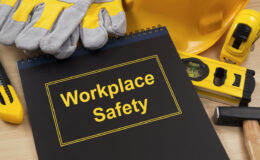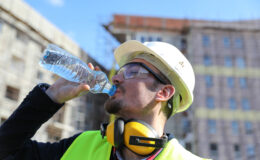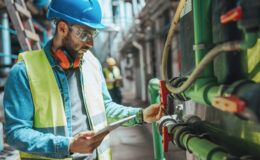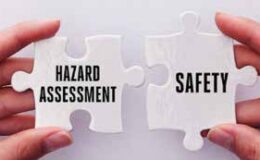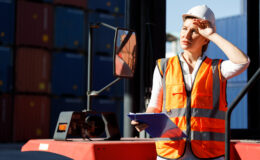By Travis Halsted, Loss Control Consultant

Many of you have asked questions as to how you can lower your number of back injuries. While there are many contributing factors to a back injury, there are aspects to investigate that could possibly point to a root cause. After a back injury is reported it is paramount to try to identify any common aspects, such as the task at hand, work areas, and even down to a particular item being produced, that could give details on how the injury occurred and what can be implemented to prevent it from happening again. With the act of lifting being such a common practice, we often tend to do it without thinking of the effects of improper lifting.
Improper lifting can result in a variety of different injuries. Of these injuries a back strain is a very common one that is a result of over-stretching certain muscles. Another injury from improper lifting is a hernia. A hernia is an injury that occurs from continued extreme exertion. With back injuries being involved in 24% of all occupational injuries and illnesses involving days away from work, it is easy to understand why so many companies are looking for fixes to the rising issue. While many back injuries can occur during an improper lift, there is a great deal that employers can do to prevent these back injuries. A great starting point would be to reduce or eliminate the need to manually lift, carry, or lower materials. This can be completed by implementing the use of conveyors, hand trucks and four-wheel carts. Furthermore, by reducing the capacity of the container being moved, the weight that the employee is moving would be lower, and more manageable.
In the event that the task requires manual lifting there are some steps to reduce the possibility of injuries. The risk of a back injury can be reduced if the employee completes the following steps;
- Assess the situation for a clear destination pathway, any cracks, slants, or uneven walking surfaces, and if there are curbs, stairs, or doorways that could cause awkward movements.
- Position themselves on center of the load and remain close to the object
- Bend the knees
- Keep the back straight
- Lift using more leg strength than strength from the back
- During the move the employee should turn their feet to change direction instead of twisting
- During the lowering of the item the employee should maintain the close proximity of the load, bend the knees, and once again, let the leg muscles do the work and not the back
While back injuries are often one of the most reported workplace injuries they are also one of the most preventable. For a more in depth and comprehensive look at any possible root causes of back injuries inquire with the Loss Control Department about an Ergonomics study at your facility.

